In the construction and manufacturing industries, understanding and mitigating environmental impact has become a critical priority. Companies are increasingly turning to Environmental Product Declarations (EPDs) as a reliable source of transparent and comparable environmental performance data. An EPD is a third-party-verified document that provides a comprehensive assessment of a product’s environmental impact across its entire lifecycle. By offering clarity and consistency, EPDs deliver numerous advantages for manufacturers, designers, builders, and end-users alike.
Improved Transparency and Credibility
EPDs help manufacturers communicate the environmental impacts of their products with a high degree of transparency. Because they are verified by independent third-party experts, EPDs offer credibility and assurance to stakeholders. Buyers, project teams, and regulatory agencies can trust the data presented in an EPD, enabling informed decisions based on scientifically robust lifecycle assessments.
Better Decision-Making
By providing detailed environmental performance data, EPDs allow project teams to compare products based on their sustainability attributes. This empowers architects, engineers, and contractors to choose materials that align with their project’s sustainability goals. Whether it’s minimizing greenhouse gas emissions, reducing resource consumption, or improving energy efficiency, EPDs give decision-makers the information they need to select products that have a lower environmental footprint.
Market Differentiation and Competitive Advantage
For manufacturers, having EPDs for their products can enhance market positioning. As sustainability becomes a key factor in procurement decisions, companies with EPDs gain a competitive edge. An EPD showcases a commitment to environmental responsibility and positions the product as a preferred choice among environmentally conscious buyers. This differentiation can lead to increased market share, stronger relationships with environmentally minded customers, and access to green building certifications.
Contribution to Green Building Certifications
EPDs play a crucial role in achieving green building certifications such as LEED, BREEAM, and WELL. These certification programs often award points for using materials with verified environmental performance data. By incorporating products with EPDs, project teams can help their buildings meet sustainability standards, improving overall project ratings and enhancing marketability.
Encouraging Continuous Improvement
The process of developing an EPD often leads manufacturers to identify areas for environmental improvement. By conducting lifecycle assessments and gathering data on raw materials, energy use, and emissions, companies can pinpoint hotspots where they can reduce their environmental impact. This insight not only leads to better products but also helps companies set benchmarks for ongoing improvements, driving innovation in sustainability.
Enhanced Compliance with Regulations and Standards
In many regions, environmental regulations and industry standards are becoming more stringent. EPDs help companies meet these requirements by demonstrating compliance with recognized sustainability criteria. As governments and industry groups increasingly promote transparency and environmental accountability, having verified EPDs ensures that products meet regulatory expectations and remain competitive in the global market.
Support for Circular Economy Goals
EPDs encourage the use of sustainable materials and lifecycle thinking, which supports circular economy principles. By providing data on a product’s end-of-life impact and recyclability, EPDs guide manufacturers and project teams toward choices that reduce waste and extend the lifecycle of materials. This contributes to a more sustainable supply chain and helps create closed-loop systems that minimize environmental harm.
Increased Stakeholder Confidence
Transparency, credibility, and verified data build trust. For investors, clients, and end-users, knowing that a product’s environmental claims are backed by third-party verification enhances confidence in the company’s commitment to sustainability. This trust strengthens brand reputation, fosters long-term partnerships, and reinforces a company’s role as an industry leader in environmental responsibility.
Conclusion
Environmental Product Declarations offer a wide range of benefits, from improving transparency and decision-making to contributing to green building certifications and supporting continuous environmental improvements. By leveraging EPDs, companies can differentiate themselves in the marketplace, comply with regulations, and align their practices with global sustainability goals. Ultimately, EPDs serve as a vital tool for advancing environmental accountability and creating a more sustainable built environment.

